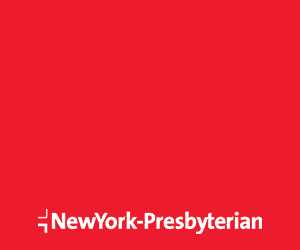In a nutshell
This study aimed to investigate if the combination of dasatinib and hyperfractionated cyclophosphamide (Cytoxan), vincristine (Oncovin), doxorubicin (Adriamycin), and dexamethasone (Decadron) – hyperCVAD – would be safe and effective for patients with chronic myeloid leukemia (CML) in lymphoid blastic phase (LBP) or Philadelphia chromosome-positive (Ph+) acute lymphoblastic leukemia (ALL).
This study concluded that this treatment is a safe and effective for both groups of patients and improves the outcomes of patients.
Some background
Philadelphia chromosome (Ph) is a genetic abnormality found in patients with CML or ALL. Ph+ cells make an abnormal gene called BCR-ABL1. This gene makes proteins called tyrosine kinases, that help leukemia cells grow and spread. Patients with CML or ALL that have the BCR-ABL gene can benefit from targeted therapy called tyrosine kinase inhibitors (TKI) such as dasatinib.
CML in the LBP involves more than 30% immature leukemic cells in the blood or bone marrow. These patients have a poorer prognosis compared to those with stable disease (chronic phase). Dasatinib has shown some activity in CML-LBP.
Ph+ ALL is a rare subtype of ALL that is more difficult to treat with standard ALL therapy. A promising therapy for Ph+ ALL is hyper-CVAD and TKIs. Since CML-LBP and Ph+ ALL have the same genetic abnormality, it is important to evaluate whether the combination of dasatinib and hyper-CVAD would be safe and effective for patients with CML-LBP.
Methods & findings
This study involved 23 patients with CML-LBP and 62 patients with newly diagnosed Ph+ ALL. All patients were treated with hyper-CVAD and dasatinib. Patients with CML-LBP were followed up for an average of 118 months and those with Ph+ ALL for an average of 133 months.
A similar number of patients with CML-LBP (83%) and Ph+ ALL (95%) were in remission after treatment. The major molecular response (MMR; a low level of BCR-ABL gene) rate was 70% for the CML-LBP group compared to 95% for the Ph+ ALL group. The complete molecular response (CMR; no BCR-ABL gene found) was 55% for the CML-LBP group compared to 74% for the Ph+ ALL group.
Relapse was seen in 17% of the CML-LBP group and 26% of the Ph+ ALL group. The 5-year overall survival (OS) rate was 59% for the CML-LBP group compared to 48% for the Ph+ ALL group. Patients with CML-LBP who received an allogeneic stem cell transplant (alloSCT; stem cells from a donor) had a 5-year OS rate of 88%.
The bottom line
This study concluded that the outcome of patients with CML-LBP has improved with hyper-CVAD plus dasatinib therapy with survival comparable to that of Ph+ ALL.
The fine print
This study analyzed data from medical records. Information might have been incomplete.
Published By :
Cancer
Date :
Apr 06, 2021








